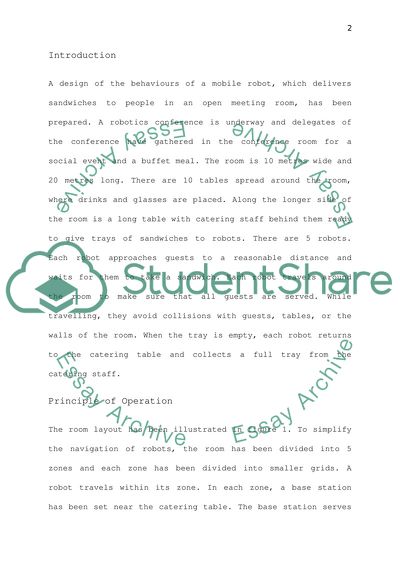Cite this document
(Selection of Behaviors and Sensors for a Mobile Robot Research Paper, n.d.)
Selection of Behaviors and Sensors for a Mobile Robot Research Paper. Retrieved from https://studentshare.org/technology/1722045-selection-of-behaviours-and-sensors-for-a-mobile-robot
Selection of Behaviors and Sensors for a Mobile Robot Research Paper. Retrieved from https://studentshare.org/technology/1722045-selection-of-behaviours-and-sensors-for-a-mobile-robot
(Selection of Behaviors and Sensors for a Mobile Robot Research Paper)
Selection of Behaviors and Sensors for a Mobile Robot Research Paper. https://studentshare.org/technology/1722045-selection-of-behaviours-and-sensors-for-a-mobile-robot.
Selection of Behaviors and Sensors for a Mobile Robot Research Paper. https://studentshare.org/technology/1722045-selection-of-behaviours-and-sensors-for-a-mobile-robot.
“Selection of Behaviors and Sensors for a Mobile Robot Research Paper”, n.d. https://studentshare.org/technology/1722045-selection-of-behaviours-and-sensors-for-a-mobile-robot.


